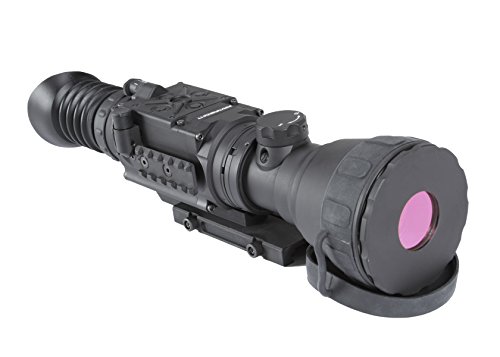THE DIFFERENCE BETWEEN THERMAL IMAGING AND NIGHT VISION
Everything in this world emits infrared energy or in other words, heat whether it is manmade or natural. Thermal imaging is very subtle in detecting temperature differences of its scope of view through its infrared thermal technology that reveals otherwise invisible to the naked eye.

Thermal imaging provides you vision even in complete darkness and harsh weather conditions. It was first developed for the military but later one it was innovated to be used for security purposes and law enforcement, fire and rescue situations.
Compared to night visions, thermal scopes or thermal imaging has several advantages. A lot of debate has been done of which is better between the two devices but both of this has its own pros and cons.
However, thermal scopes have a slight advantage compared to night vision. Unlike night vision that requires more light
A thermal imager works by sensing the presence of heat or radiation; meaning the higher the temperature of an object or a person, or an animal it is highly detectable of the thermal imager. Today’s thermal imaging can detect the level of temperature of an object or a person by displaying different colors based on the level of its temperature. Blue or green displays lower temperatures while yellow, orange and red displays spiking temperatures. This technology is widely used in hunting because it is very easy to distinguish your prey through its bodily temperature. Animals are naturally warm and have a certain level of temperature that maintains warmth making it easily detectable by the thermal scope used by the hunter. Thermal scopes these days are easily used; it can be mounted easily through your rifle.
For more information about thermal imaging and thermal scopes for hunting and other purposes, you can check this website out at https://www.cleverhunters.com/best-thermal-scope/.
Meanwhile, night vision imaging requires a light source to function unlike thermal imaging that depends on the surrounding temperature levels. However the light source needs to be minimal because too much light could destroy the intensifier tubes that enable night vision to function. It does not mean that night vision won’t work if there’s too much light, it only requires minimal light to provide you that needed view, and even the moonlight can provide enough light for a night vision to operate optimally.
Night visions are particularly used to identify something or someone from a distance unlike thermal imaging where you can only distinguish an object, a person or an animal based on the silhouette emitted by the device and you can’t distinguish the exact identity of your target.
